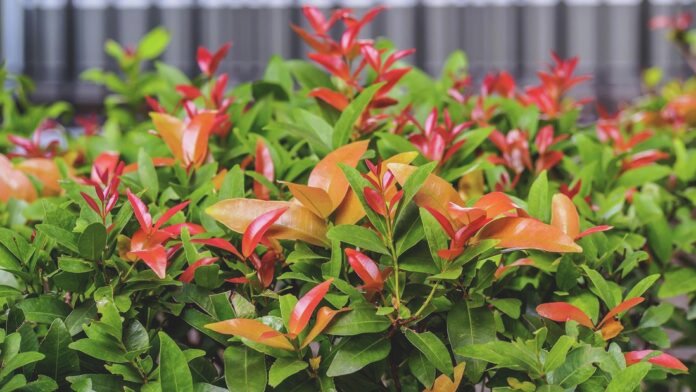Lilly Pillies (Australian cherries) are a popular evergreen hedge or tree that yields a delicious fruit that is either purple or red. The rapid-growing Lilly pilly trees are characterized by its stunning thick foliage that has an attractive sheen. This makes them perfect for use for windbreaks, hedges and hedges and also to attract birds or as a striking ornamental plant.
While Lilly pillies develop into massive trees in their natural environment, they easily can be pruned to a regular the size of the tree and can get miniature versions. lilly pilly hedge plants provide an amazing display of aromatic white flowers in summer. These can be easily procured from Hedging And Screening AU. The berries make excellent jams and preserves. The hybrids are not all are fruitful.
There’s often some confusion over the names of various cultivars of the garden, but being native to in the Australian forests, Lilly pillies generally do very well in all kinds of settings and are fairly tough. Lilly pillies fall in a variety of genera. Previously, they were called Eugenia and are currently classified as Acmena Syzygium, Acmena, or Waterhousea but the myriad of commercial names for marketing create confusion.
Where Should I Plant My Lilly Pilly?
Lilly pillies like fertile, moist soil, but they will thrive in dry conditions and semi-shade or full sun and can tolerate frosts sandy soils, coastal conditions. Lilly pillies do not thrive in moist environments, so ensure there’s enough drainage.
Lilly pillies grow easily in container plants, however they’ll require frequent irrigation, since containers dry out quickly.
Lilly pillies, particularly the numerous varieties for gardens create a beautiful contrast in the colour of the foliage, from deep shiny green mature leaves to bronze and pink in the old growth, or copper in the new growth.
The range of colors and their natural large growth make the perfect option for hedges. The fire-resistant qualities are a plus when planting Red Head(tm) (Acmena Smithii) in the vicinity of your home.
Lilly pillies perform an outstanding job in:
- The wind can be a source of shelter.
- Your privacy is protected
- Topiary plants – Lilly pillies are very content to be cut and shaped
- Bring native birds into your yard – they will are awestruck by the large purple and red berries
Lilly pillies make the perfect addition to any part within your backyard. Make sure you water them frequently in case you’re growing in pots as they’ll dry out quickly, and stress can increase the risk of illness.
Lilly pillies are hardy and can be found in a variety of soils ranging from sandy loam up to heavy clay however they prefer good drainage. However, Lilly pillies will be very fond of you when you keep them mulched.
How Should I Prune My Lilly Pilly?
Pruning regularly (yearly) is necessary to have a neater, dense plant or require a particular design for your topiary garden. Regularly light pruning is helpful to promote growth to the soil.
A little trimming of the tips once the flowering season is over can encourage more flowers in the next season. Don’t do this too late or you’ll see the exact opposite results.
In many instances, if you select the best one to meet your requirements then you can let them go about their business with a little tidying down every couple of years.

